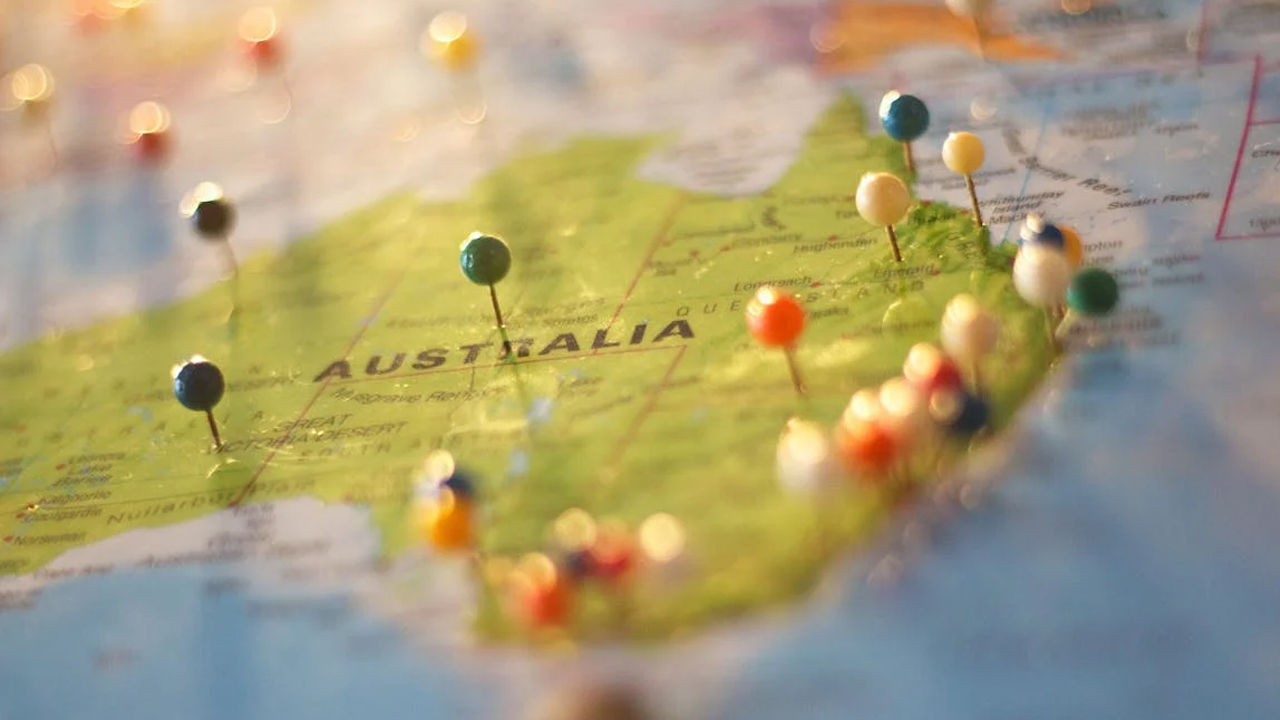A Discovery of Unprecedented Scale
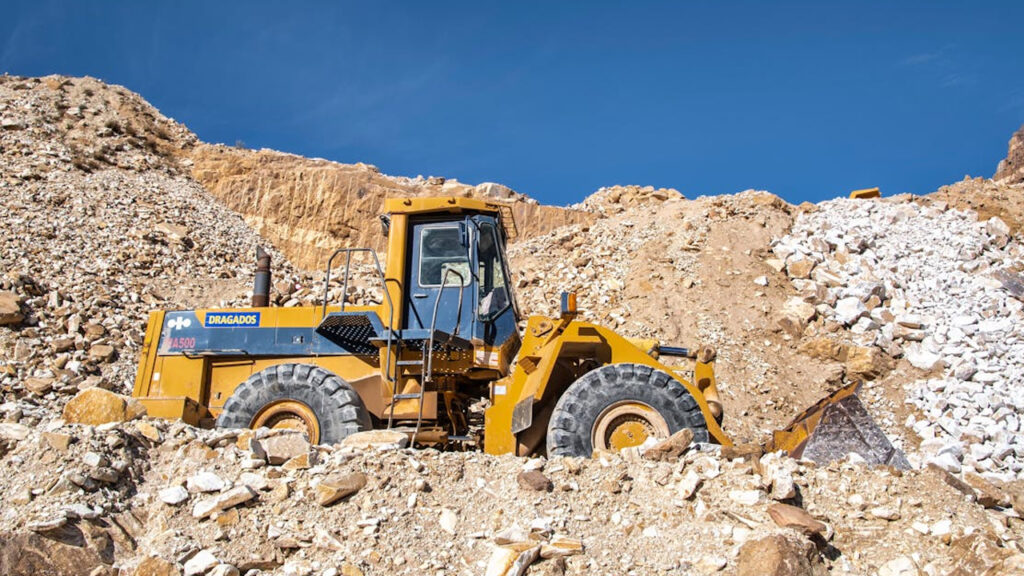
A massive iron ore deposit in Western Australia’s Hamersley region has turned heads—55 billion metric tons, valued at $5.7 trillion. It’s the biggest find ever, rewriting what geologists thought about iron formation timelines, pushing the date back to 1.4 billion years from 2.2 billion (Source: Daily Galaxy). This could lock in Australia’s top spot in iron ore exports and shake up steel production worldwide. But the scale of digging it up is daunting. Think sprawling rail lines, huge water needs, and energy demands—all hitting ecosystems already on edge. The economic upside is real, but so are the risks to the land.
Scientists are sounding alarms about what this could mean long-term. Conservationists point out that tearing into this deposit might wreck habitats and ramp up carbon emissions. Industry folks argue it’s a chance to boost jobs and trade, and they’re not wrong—Australia’s economy could get a serious lift. Still, the tension between cashing in and keeping the planet livable is front and center. Smarter tech and tighter rules might help, but balancing those scales won’t be easy. It’s a moment where the world watches to see if profit can coexist with protecting what’s left of nature.
$5.7 Trillion Iron Ore Find Stirs Economic Hope and Eco Worries
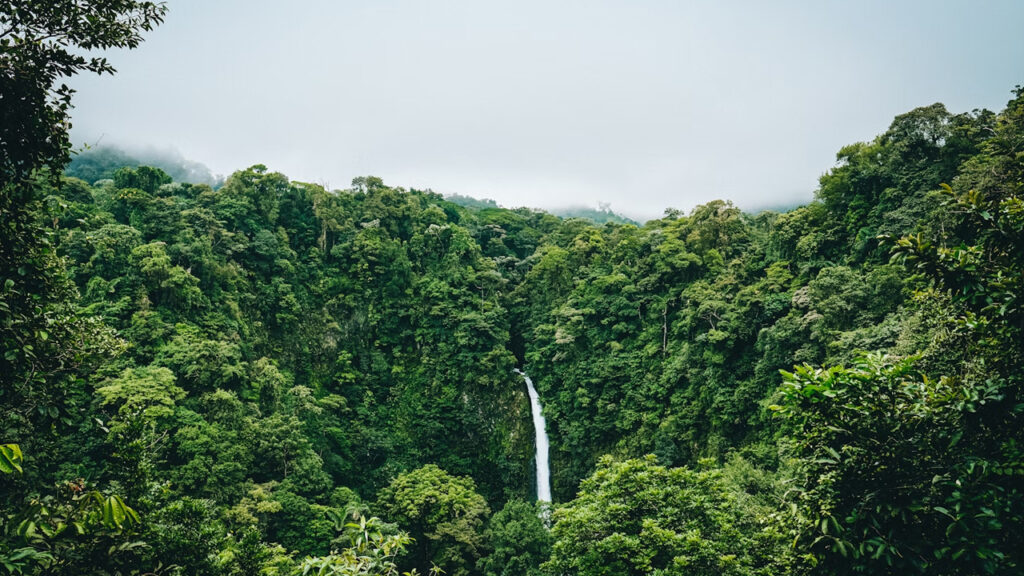
Pulling iron ore out of the ground isn’t gentle. Open-pit mining—the go-to here—rips up vegetation and soil, leaving behind barren stretches where plants and animals once thrived. Dust kicks up, heavy metals seep into water, and suddenly, the air and rivers aren’t so clean anymore. Local wildlife takes a hit, and communities nearby feel it too. Then there’s water—billions of liters get sucked up for processing, a tough ask in a place like Western Australia, where drought already squeezes the land dry. It’s a messy business, and the scars don’t fade fast (Source: UK Green Building Council).
The climate angle makes it trickier. Smelting iron ore pumps out greenhouse gases, thanks to the heavy energy load. With heat waves and water shortages already stressing the region, this find could push things over the edge. Picture ecosystems buckling under the strain—deserts spreading, species vanishing. Responsible extraction sounds nice on paper, but the reality is, mining this big leaves marks. The challenge is figuring out how to limit the damage. Without serious oversight, that $5.7 trillion payday might come with a bill the environment can’t afford to pay (Source: World Steel Association).
Economic Promise Meets Ecological Risk
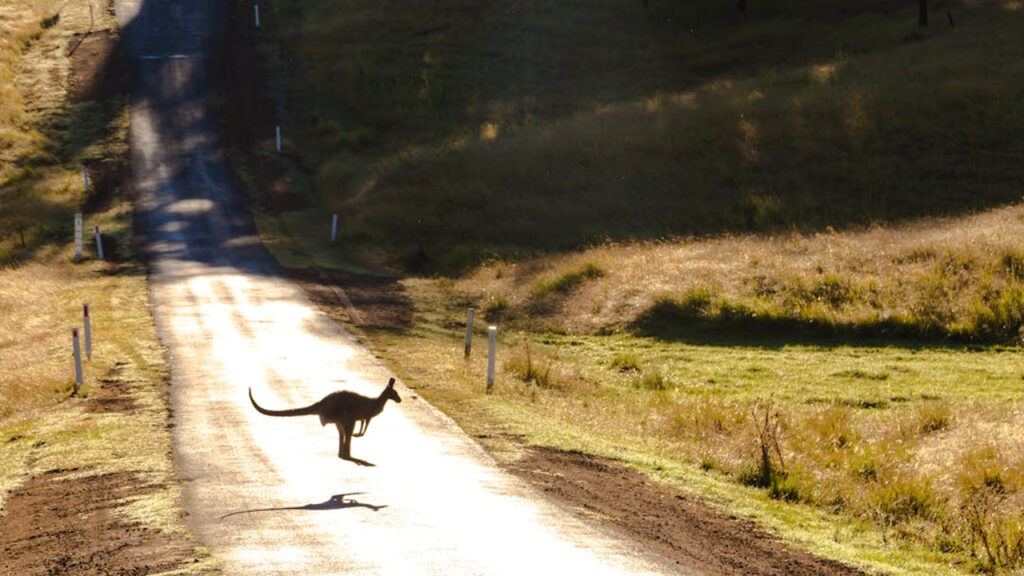
This $5.7 trillion deposit could rewrite Australia’s economic playbook. Iron ore drives steel, and steel drives everything—buildings, ships, cars. Flooding the market with this much supply might drop prices, boost trade, and create jobs, especially in a region hungry for growth. For a country already leading the pack in exports, it’s a chance to double down. But the flip side looms large: mining at this level doesn’t just move dirt—it shifts entire landscapes. The infrastructure alone—trains, roads, power plants—could chew through what’s left of the outback’s natural buffer.
Environmental markets are buzzing about this too. Carbon credits and green regulations could force companies to offset the damage, but that’s a tall order when profits are this high. Look at Western Australia’s track record—mining’s been king, but climate shifts are hitting harder every year. Locals know the land’s limits; they’ve seen droughts stretch longer and fires burn hotter. The question is whether the rush for cash blinds everyone to the tipping point. Smart planning might soften the blow, but history shows mining tends to take more than it gives back.
Lessons from Mining’s Past
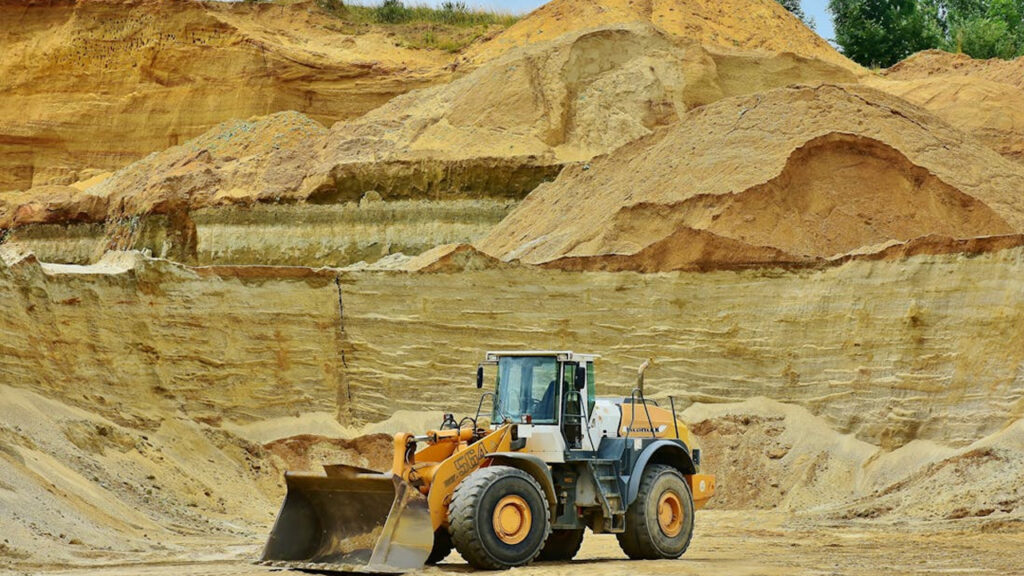
Mining has a track record of leaving deep marks. Take the Ok Tedi mine in Papua New Guinea—rivers turned toxic, fish vanished, and entire communities had to uproot (Source: Wikipedia). Then there’s Brazil’s Samarco disaster, where a dam burst sent sludge flooding through towns, wrecking everything in its path. Closer to home, Western Australia’s Mount Whaleback mine swallowed a chunk of the landscape, trading nature for profit. These aren’t just old stories; they’re warnings. The $5.7 trillion iron ore find could follow the same script if oversight slips.
Regulations have tightened since those days, sure, but the stakes here are sky-high. Past messes show how tough it is to keep the cash flowing without trashing the environment. This new deposit needs more than good intentions—it demands strict rules and real enforcement. Without that, the Hamersley region might end up as another cautionary tale. People living nearby deserve better than a repeat of history, and the land can’t afford it either. It’s a chance to learn, but only if the right steps get taken now.
The Money Rush and Its Trade-Offs
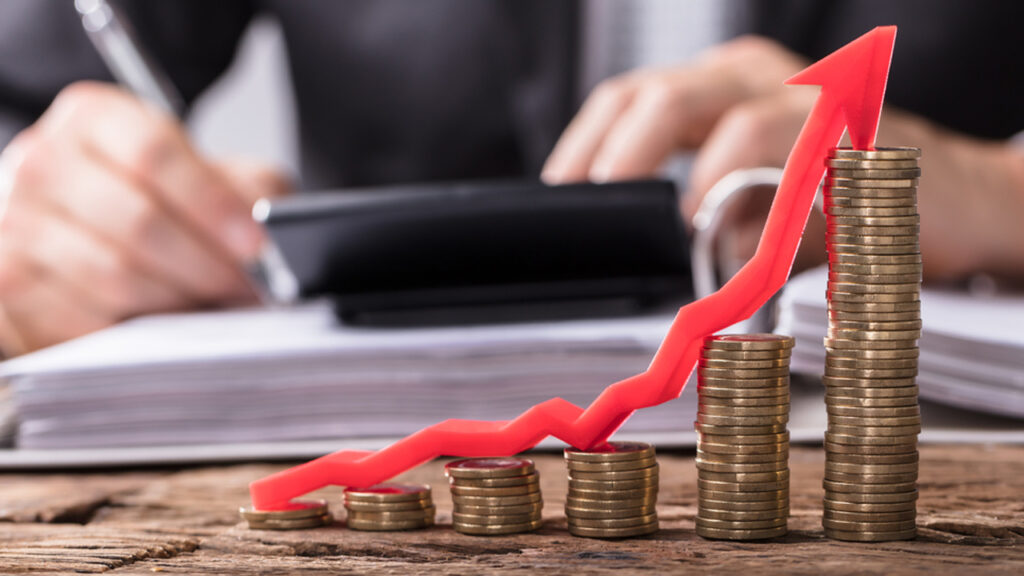
This iron ore haul could pump serious cash into Australia’s economy. Picture a GDP spike, foreign investors knocking, and jobs popping up left and right. China and India, hungry for steel, would line up, giving Australia a stronger hand in trade talks. It’s the kind of windfall that could reshape entire regions. But here’s the catch: betting big on mining can backfire. Prices crash, jobs dry up when the boom fades, and other industries get left behind, creating a lopsided economy.
Then there’s the cleanup bill. Wrecked land needs fixing, lawsuits pile up, and health issues from pollution hit the books. Those costs don’t show up in the initial hype, but they’re real. The payoff looks tempting, no doubt, but if the rush ignores sustainability, it’s a short-term win with a long-term headache. Smart management could soften that blow—spread the wealth, plan for the bust. Otherwise, this $5.7 trillion dream might leave more problems than profits.
Climate Costs of an Iron Boom
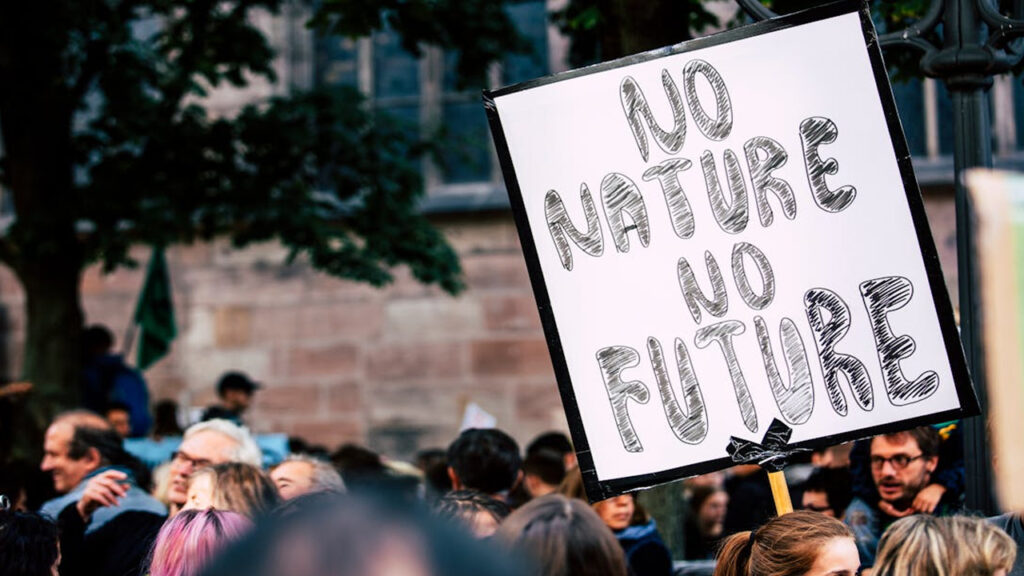
Iron ore and steel are carbon heavyweights. Steel production alone churns out 7–9% of the world’s CO₂, and ramping up mining in Western Australia could crank that dial higher (Source: International Energy Agency). Digging up this deposit means firing up fossil-fuel-powered furnaces, pumping out emissions while the planet’s already overheating. Add in the land clearing—trees and plants that soak up carbon get bulldozed, making the climate math worse. It’s a double punch at a time when cutting emissions matters most.
Green tech, like hydrogen for steelmaking, is in the works, but it’s not ready to take over. Most operations still lean on old-school methods, and a discovery this big could lock in that pattern. If companies go full throttle without cleaner options, global climate goals take a hit. Western Australia’s heat waves and droughts are bad enough—piling on more emissions risks tipping the scales. The fix isn’t simple, but dragging feet on sustainable shifts could make this iron rush a climate disaster in slow motion.
A Global Ripple from Iron Riches
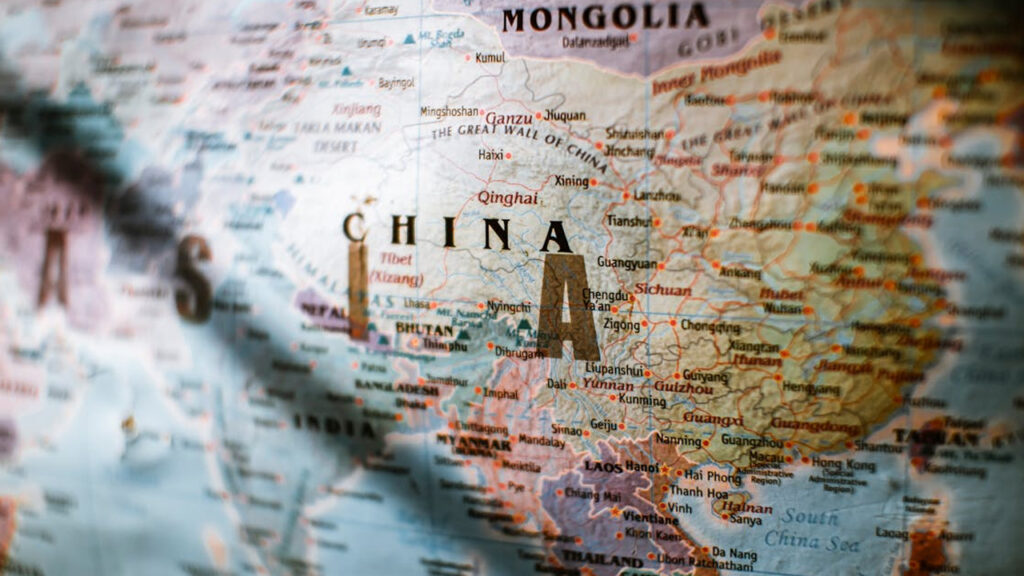
This $5.7 trillion iron ore haul could jolt the world stage. Countries like China, hooked on imports, might cozy up closer to Australia, shifting diplomatic ties. Meanwhile, heavyweights like Brazil and Russia could feel the heat as markets tilt and competition spikes. Big resource discoveries have a way of stirring trouble—think trade spats, border squabbles, or power plays. With iron ore feeding everything from skyscrapers to wind turbines, the effects stretch well past Western Australia’s dusty plains.
Demand’s climbing fast, especially for green projects, and that amps up the tension. Will nations team up to share the wealth, or dig in for a cutthroat scrap? It’s a high-stakes game—resources like this don’t just move money, they move influence. The global commodities scene could look real different depending on how this plays out. Everyone’s got eyes on it, waiting to see who gains ground and who’s left scrambling in a world where iron means power.
Navigating Profit and Earth’s Limits
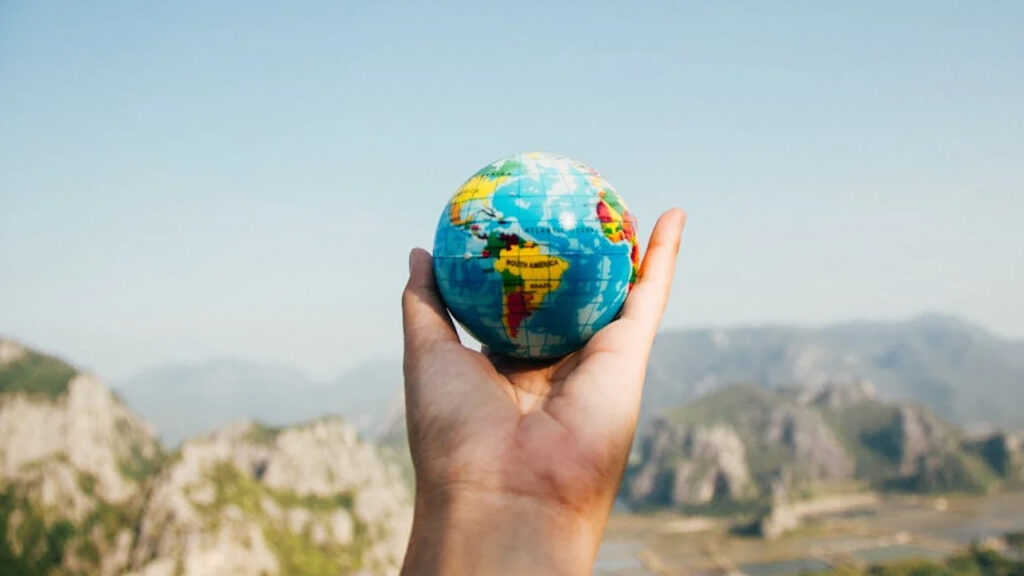
This iron ore find is a crossroads for mining and how it’s handled. The cash potential is through the roof, but the risks—environmental, social—are just as steep. Getting it right means finding a middle ground: tough rules from lawmakers, cleaner tech from companies, and real input from locals. Done smart, this could set a new standard for mining that doesn’t trash the planet. Mess it up, and it’s another mark on a long list of industry oversteps.
The choice is sharp—lean into sustainable ways or brace for a fallout no paycheck can fix. Western Australia’s got a shot to show the world how it’s done, blending economic wins with care for what’s left of nature. History’s littered with examples of profit-first flops; this doesn’t have to be one. The road’s clear, but walking it takes guts and follow-through. Whether it’s a breakthrough or a bust depends on what happens next.
Water Under Pressure from Mining

Western Australia’s water troubles are no secret, and this iron ore boom could make things worse. Extracting ore guzzles millions of liters daily—dust control, processing, and workers all need it. In a place where droughts already bite hard, pulling water for mines might leave farms and indigenous communities high and dry. Plus, runoff laced with contaminants can seep into rivers and groundwater, hitting wildlife and people alike (Source: Oxfam Australia).
Mining outfits say they’ve got answers—recycling water, tapping desalination plants. Sounds good, but those fixes carry their own baggage, like energy costs and coastal impacts. Without tough rules, this $5.7 trillion find could tip the region’s water woes into a full-blown crisis. The payoff might fatten wallets, but if it trashes what little water’s left, the cost hits everyone. Sensible limits could keep things in check; otherwise, the land and its people pay the price.
Indigenous Lands in the Mining Crosshairs

Australia’s mineral wealth often sits on indigenous ground, and this massive deposit is no different. Traditional owners have been pushing back against mining companies for years, fighting to protect their rights. The Juukan Gorge fiasco in 2020—when Rio Tinto dynamited ancient Aboriginal caves for iron ore—still stings as a reminder of what’s at stake (Source: ABC News Australia). This new find demands real talks with indigenous groups, not just lip service. Fair pay and respect for sacred sites have to be part of the deal.
Mining can mean jobs and cash for these communities, no question. But too often, it bulldozes history and lifeways in the process. The tension’s real: economic gain versus cultural survival. Western Australia could dodge past mistakes by listening and negotiating in good faith. If it doesn’t, this discovery might just be another chapter of loss for indigenous folks. Getting it right matters—profit shouldn’t mean erasing what’s been here for millennia.
Mining’s Path to a Greener Tomorrow

The push for cleaner mining is picking up steam. New tech—think automated trucks, solar power, carbon traps—offers ways to cut the damage. Some companies are already rolling out electric rigs and renewable setups to trim emissions. Down the line, pulling resources from the ocean floor or even asteroids might lighten the load on land. It’s a shift that could mean less wrecked ecosystems and a smaller carbon footprint.
But here’s the rub: going green costs big upfront, and the rules to enforce it aren’t fully there yet. For this $5.7 trillion deposit, the industry’s got a chance to step up—invest in the future, not just the bottom line. The catch is whether companies and regulators commit, or if the lure of quick cash wins out again. Sustainability’s the goal, but it’s a slog to get there. This find could set the tone for what’s next—hopefully not more of the same old mess.

Alexander Clark is a financial writer with a knack for breaking down complex market trends and economic shifts. As a contributor to The Daily Overview, he offers readers clear, insightful analysis on everything from market movements to personal finance strategies. With a keen eye for detail and a passion for keeping up with the fast-paced world of finance, Alexander strives to make financial news accessible and engaging for everyone.
